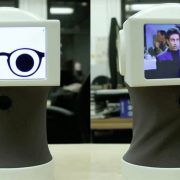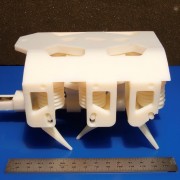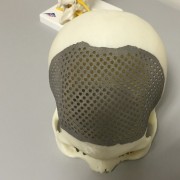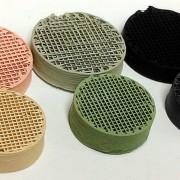The risk, when writing about 3D bioprinting is that the “over-simplification” that is necessary to convey the news article’s message in the title gives an over-hyped idea of what has been achieved, with the inevitable let down that follows when we focus in on the actual facts. So, the recent video published by Popular Mechanics, which shows human heart cells made from skin cells (which were first transformed into plenipotentiary stem cells), assembled together through a 3D bioprinting process and beating autonomously is a fascinating step forward and, yet, it is only a tiny part of the incredible work on tissue engineering carried out by Dr. Anthony Atala, Director of the Wake Forest Institute for Regenerative Medicine, that holds amazing possibilities for the future and even for the present.
Read more →










